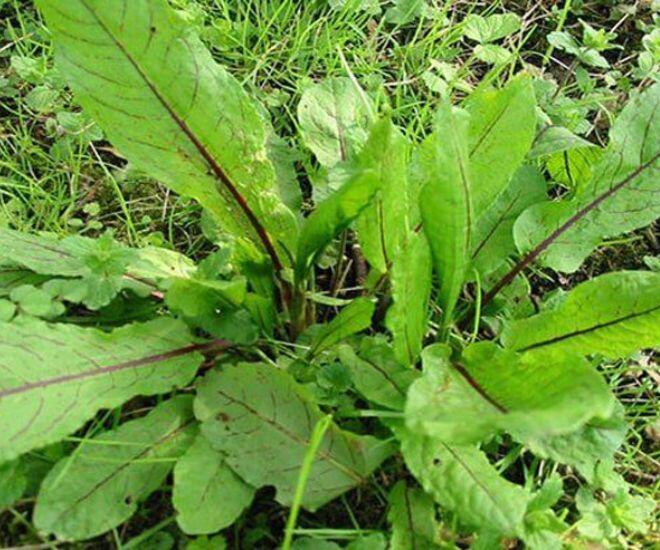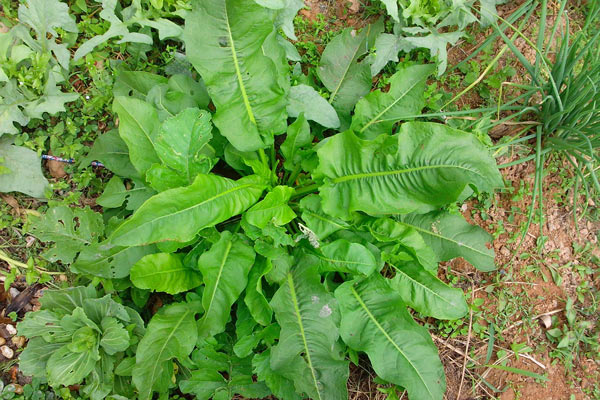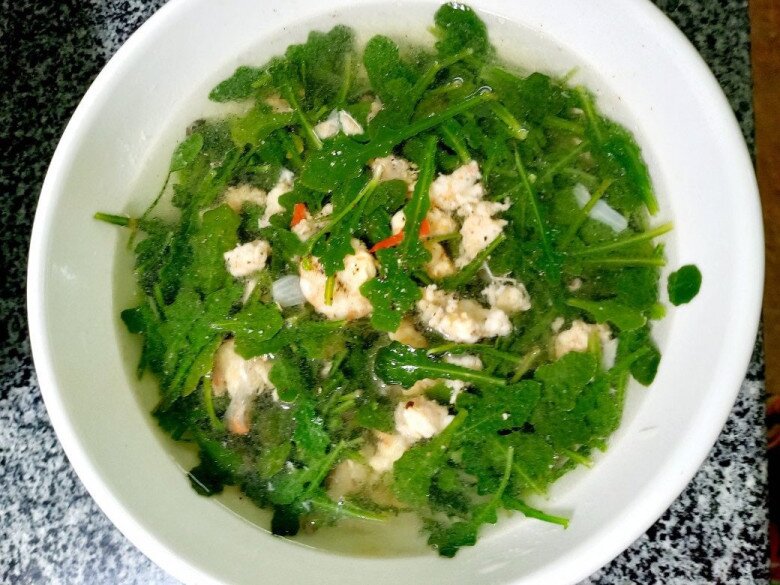Chut chit, also known as water pepper, is a small herbaceous plant belonging to the Polygonaceae family. Growing to heights between 40 and 120 cm, this plant has an upright stem with few branches. The leaves near the base are typically larger than those towards the top, with narrow blades that taper slightly at both ends. Chut chit’s flowers form a spike at the top of the stem, with numerous delicate flowers on each cluster and slender stalks measuring about 1-2 cm long. The three-sided fruits are neatly enclosed within the floral envelope.

This plant thrives in moist areas such as riverbanks, streams, ponds, and roadsides. The rainy season, especially from August to October, provides the ideal conditions for chut chit to flourish and grow lushly.
The origin of the name “chut chit” is rooted in a local folk game. Children would rub two leaves together, producing a distinctive sound resembling “chut chit.” This onomatopoeic name has since become synonymous with this wild yet familiar vegetable.
In Vietnam, chut chit is widely distributed, from the lowlands to the mountainous regions, with a particular prevalence in the provinces of Tay Nguyen and Dong Nam Bo, including Dak Lak, Dak Nong, Binh Phuoc, and Tay Ninh. Additionally, chut chit can also be found in cooler climates like Sa Pa in Lao Cai province. Previously, chut chit grew abundantly around ponds and lakes, thriving during the rainy season and becoming a staple in many households.

The appeal of chut chit lies not only in its rustic charm but also in its unique and distinctive flavor. Chut chit leaves have a characteristic mild sourness—a refreshing tartness without any harshness. This quality makes it a versatile ingredient in various dishes.
In the past, villagers often picked chut chit to eat raw along with other herbs like lettuce and perilla, creating a harmonious and palate-stimulating combination. Boiled chut chit dipped in fermented fish sauce is another rustic yet captivating dish, evoking the essence of rural cuisine. The subtle sourness of chut chit also makes it an excellent addition to hot pots, balancing the richness of the broth and enhancing its appeal. Some families even transform chut chit into special soups, fully unleashing the natural flavor of this vegetable.
Those who have tasted chut chit acknowledge that despite being a wild plant, its flavor is exceptionally delicious and unique. The combination of mild sourness and the crisp texture when eaten raw or the tenderness when cooked creates an unforgettable culinary experience.
In recent years, chut chit has ventured beyond the confines of rural areas and made its way into major cities, quickly becoming a sought-after “specialty.” This is evident from the prices of fresh chut chit on e-commerce platforms and online markets, which can reach up to 120,000 VND per kg—a substantial price for a wild vegetable.

However, the supply of chut chit in the market remains limited. As chut chit primarily grows naturally, and large-scale cultivation has not yet been implemented, it is relatively scarce, driving up its price. Chut chit has become a sought-after commodity, especially for those seeking novel flavors or nostalgic for their childhood.
Beyond fresh produce, chut chit products are being diversified to meet market demands and fully exploit the plant’s potential. Nowadays, many shops sell dried chut chit, as well as its seeds and roots.
The seeds of mature chut chit plants can be processed into various dishes. After being crushed and soaked in hot water several times to remove bitterness, the seeds can be used to make porridge, cakes, or even pressed for oil. This presents a significant opportunity for the food processing industry to create novel and nutritious products.
Additionally, the roots of older chut chit plants are used to make a distinctive alcoholic beverage, adding another unique product to the repertoire derived from this versatile plant.

































